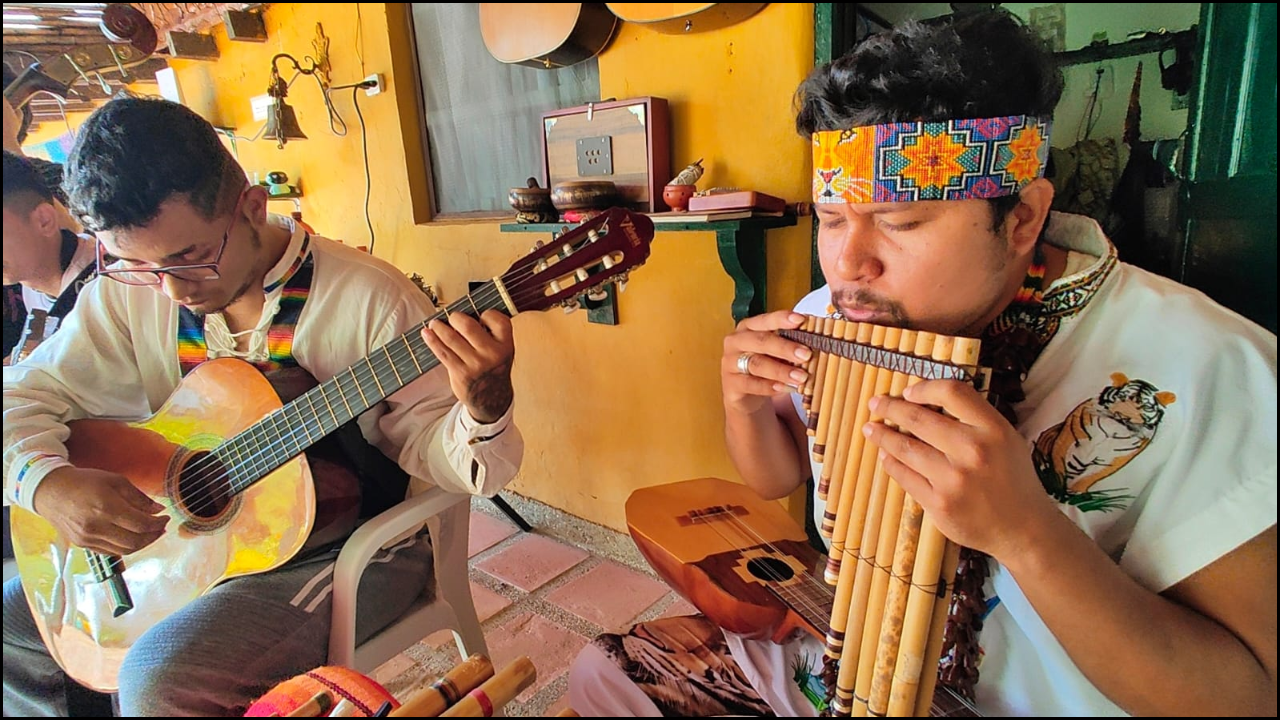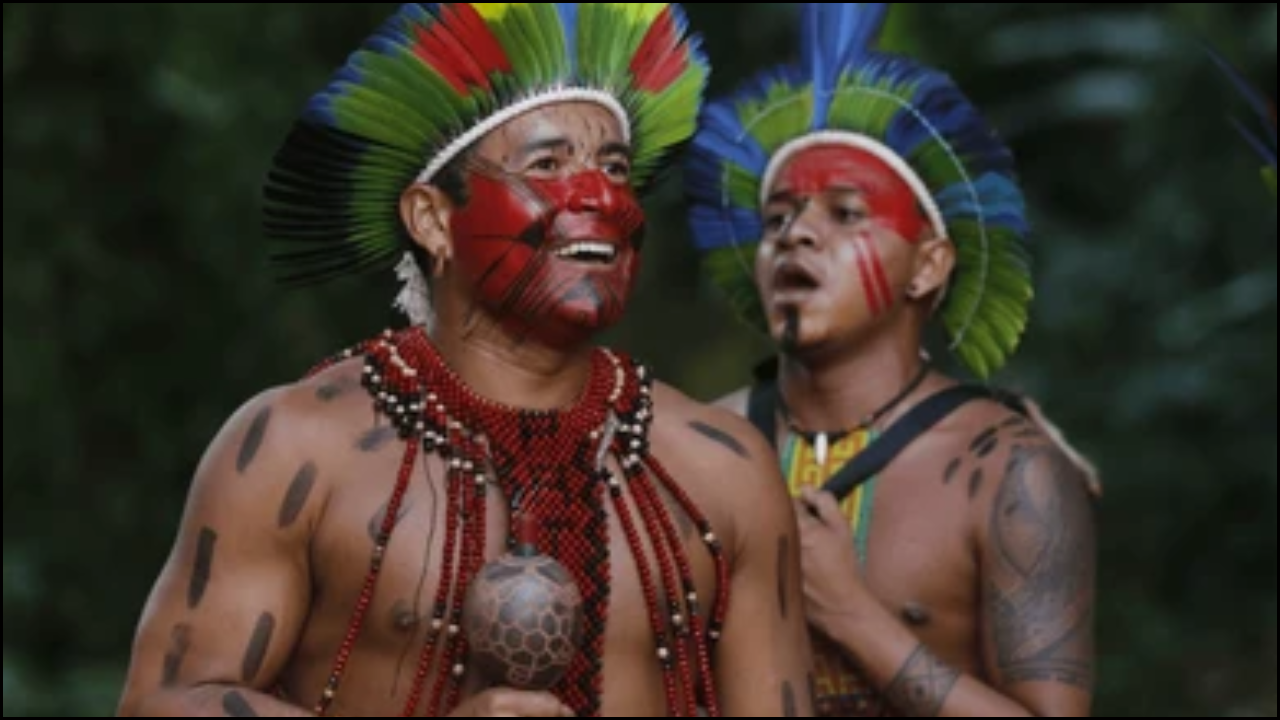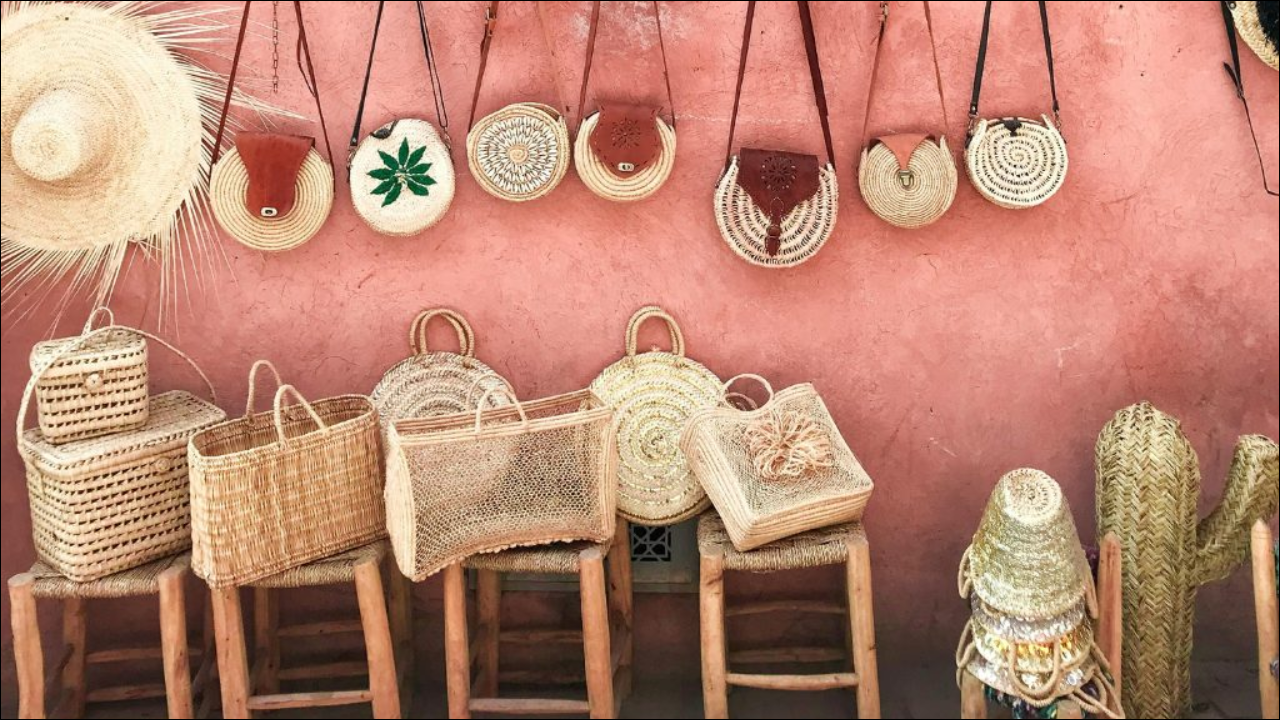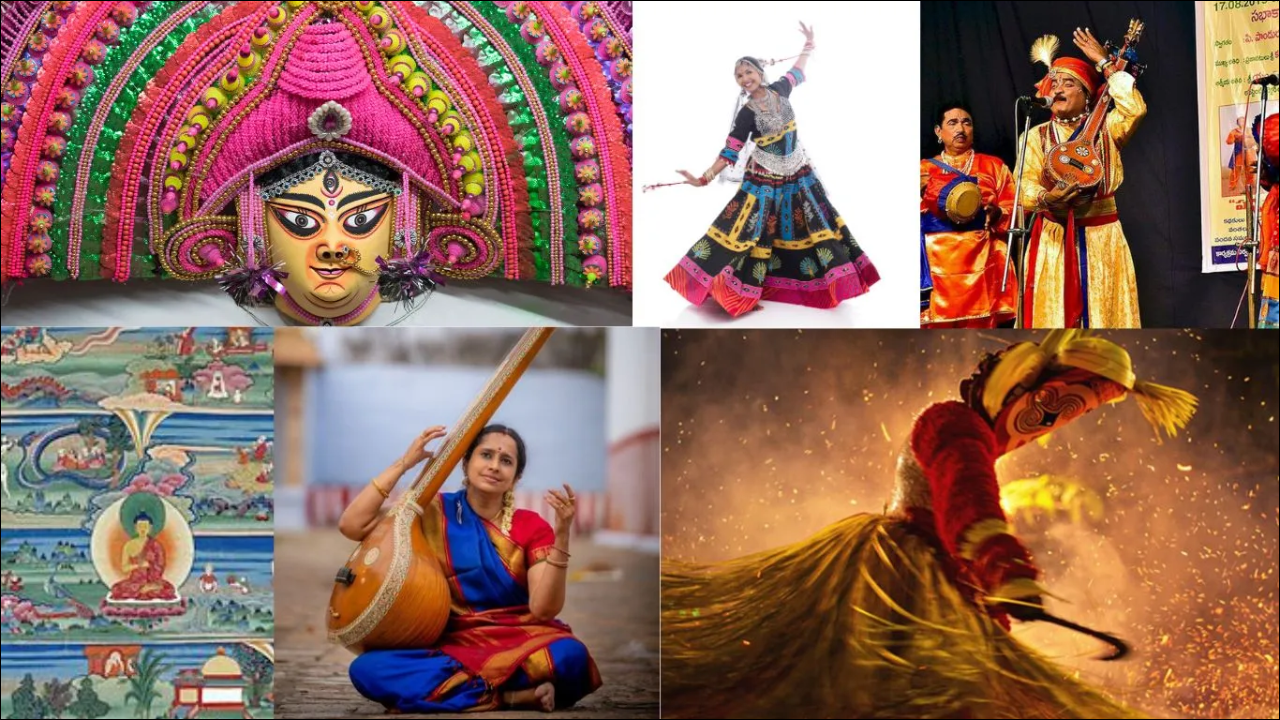
Cachoeiro de Itapemirim, a city known for its stonework, music, and vibrant community traditions, is now at the crossroads of preserving its cultural soul while embracing the future. As the world increasingly recognizes the importance of sustainable development and cultural resilience, Cachoeiro’s intangible heritage—its crafts, songs, rituals, and local wisdom—has become a vital link between identity and progress. Protecting these living traditions is not just about honoring the past; it is about shaping a sustainable, inclusive future.
Table of Contents
Understanding Intangible Heritage in Cachoeiro
Intangible heritage refers to the practices, skills, and cultural expressions that communities pass down through generations. In Cachoeiro, this includes the expertise of marble and granite workers, traditional music and dance, oral storytelling, and culinary customs shaped by both local and immigrant influences. These practices are not static relics but living expressions that evolve with time, sustaining the city’s cultural and social identity.
However, globalization and modernization have brought challenges. Younger generations are often drawn to urban lifestyles, leading to a gradual loss of traditional knowledge. Industrialization, while economically beneficial, has shifted focus away from the human skills and community values that once defined Cachoeiro’s culture. In this context, safeguarding intangible heritage becomes essential to maintain both cultural diversity and community resilience.
Heritage as a Pillar of Sustainability
Cultural heritage plays a vital role in achieving sustainability. The United Nations and UNESCO highlight that preserving intangible heritage contributes to social inclusion, education, and environmental awareness. In Cachoeiro, crafts and traditions carry valuable lessons about using local materials responsibly, fostering intergenerational cooperation, and maintaining a sense of belonging within communities.
For instance, the city’s marble industry represents more than economic activity—it embodies the craftsmanship and creativity of its people. When local artisans teach younger workers to value precision, patience, and respect for natural materials, they are also promoting sustainable practices. Similarly, traditional foodways that emphasize local ingredients and community sharing align with global sustainability goals.
Community Resilience and Identity
Resilience is built when communities maintain strong connections to their cultural roots. In Cachoeiro, festivals, storytelling sessions, and music gatherings are more than entertainment—they are spaces for transmitting values, building solidarity, and fostering pride. These traditions have helped residents navigate social changes, economic shifts, and urban expansion while keeping their sense of identity intact.
Organizations like the Associação Francisco Cândido Itapemirim (AFCI) have been instrumental in documenting and revitalizing these traditions. By supporting artisan workshops, oral history projects, and cultural events, AFCI helps ensure that heritage remains active and accessible. Its work bridges generations and connects local practices to broader global movements in cultural preservation.
Connecting Local Efforts to Global Frameworks
Cachoeiro’s efforts resonate with the goals of UNESCO’s Convention for the Safeguarding of the Intangible Cultural Heritage, adopted in 2003. This global framework encourages countries and communities to identify, document, and protect intangible cultural expressions. It recognizes that safeguarding heritage strengthens social bonds and promotes sustainable development.
Through community-driven initiatives and educational programs, Cachoeiro aligns itself with these global values. For example, documenting the city’s stoneworkers’ skills not only preserves craftsmanship but also highlights their contribution to cultural tourism and responsible industry. By participating in such global networks, local groups like AFCI can gain visibility, share knowledge, and attract support for long-term preservation efforts.
Heritage and Sustainable Tourism
Cultural tourism offers an opportunity to promote Cachoeiro’s heritage while supporting its economy. Visitors interested in local crafts, music, and festivals can experience authentic cultural expressions that reflect the city’s identity. However, sustainability must remain a priority. Tourism should empower local communities, respect traditions, and ensure that economic benefits are shared fairly.
Workshops where tourists learn marble carving or traditional cooking, for instance, can become spaces for cultural exchange rather than mere consumption. By balancing authenticity with innovation, Cachoeiro can become a model for responsible heritage-based tourism in Brazil and beyond.
A Shared Responsibility for the Future
The safeguarding of Cachoeiro’s intangible heritage cannot rest solely on institutions—it requires active participation from individuals, families, and communities. Schools can integrate cultural education into their curricula, ensuring that children grow up with pride in their traditions. Local governments can support heritage mapping, funding, and recognition programs that honor artisans and storytellers.
In the age of sustainability, heritage is not a luxury—it is a necessity. It connects people to their environment, teaches respect for diversity, and inspires creative solutions for modern challenges. Cachoeiro’s example shows that when local identity is celebrated, it can resonate far beyond borders, contributing to a global movement for a more inclusive and sustainable world.
FAQs
Q1: What does intangible heritage mean for Cachoeiro?
It refers to living traditions such as crafts, music, and rituals that define the city’s cultural identity and community spirit.
Q2: How is intangible heritage linked to sustainability?
Preserving heritage encourages responsible resource use, community cooperation, and respect for cultural and environmental diversity.
Q3: What role does AFCI play in safeguarding Cachoeiro’s heritage?
AFCI promotes projects that document, teach, and celebrate local traditions while connecting them to global cultural preservation frameworks.





